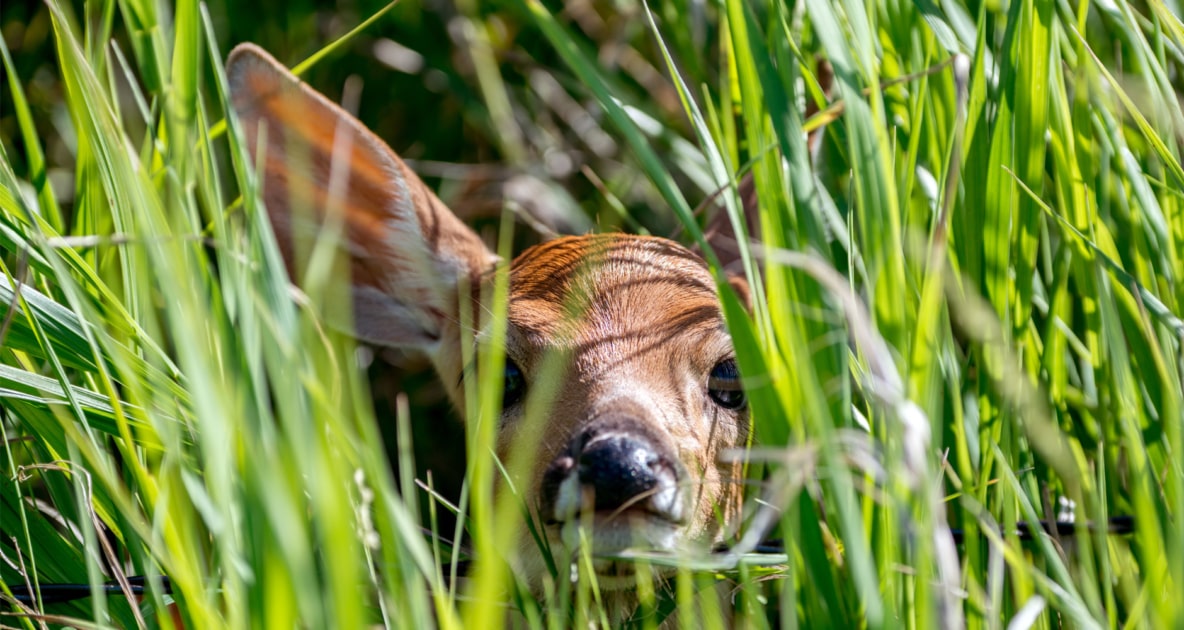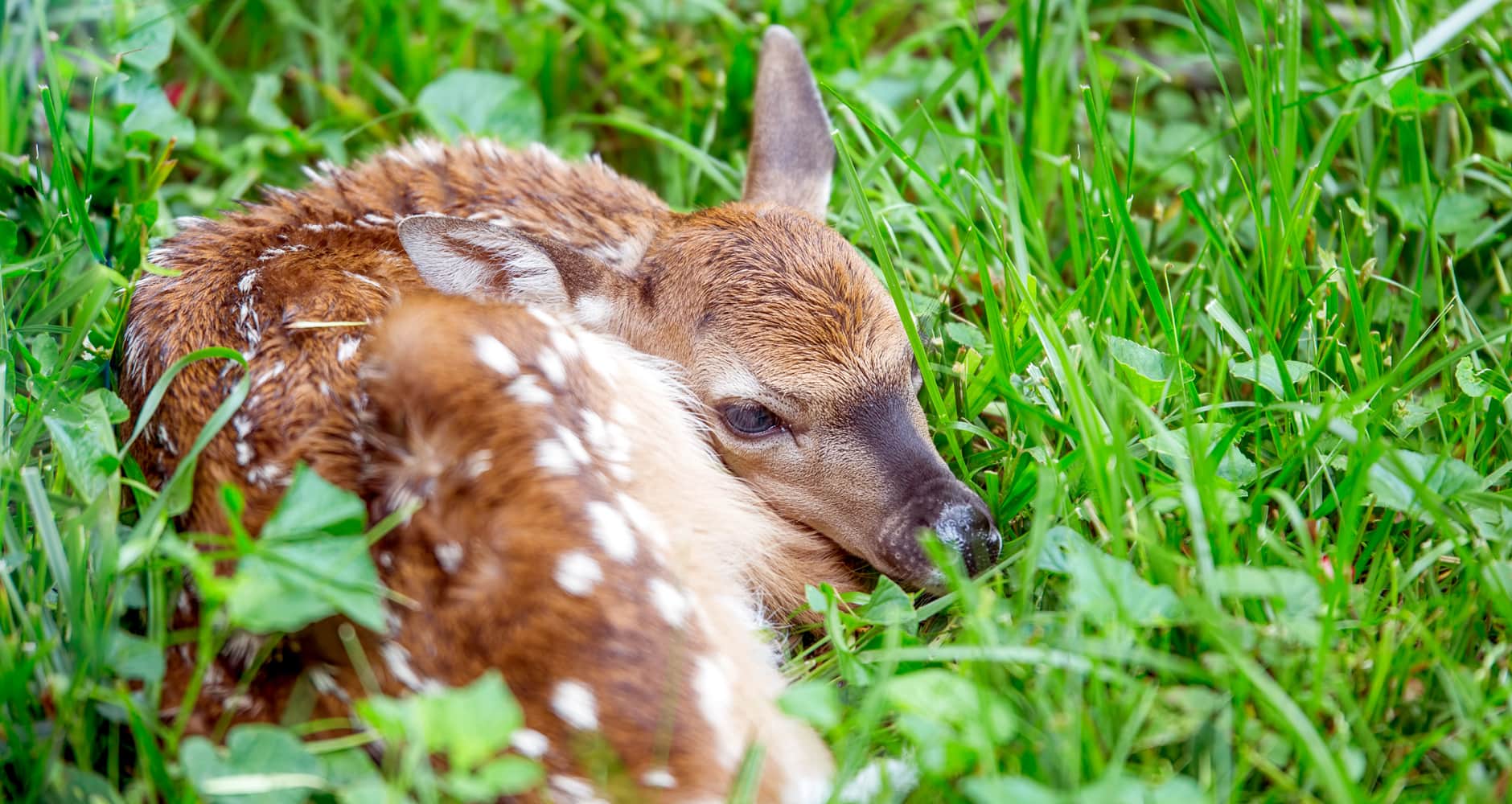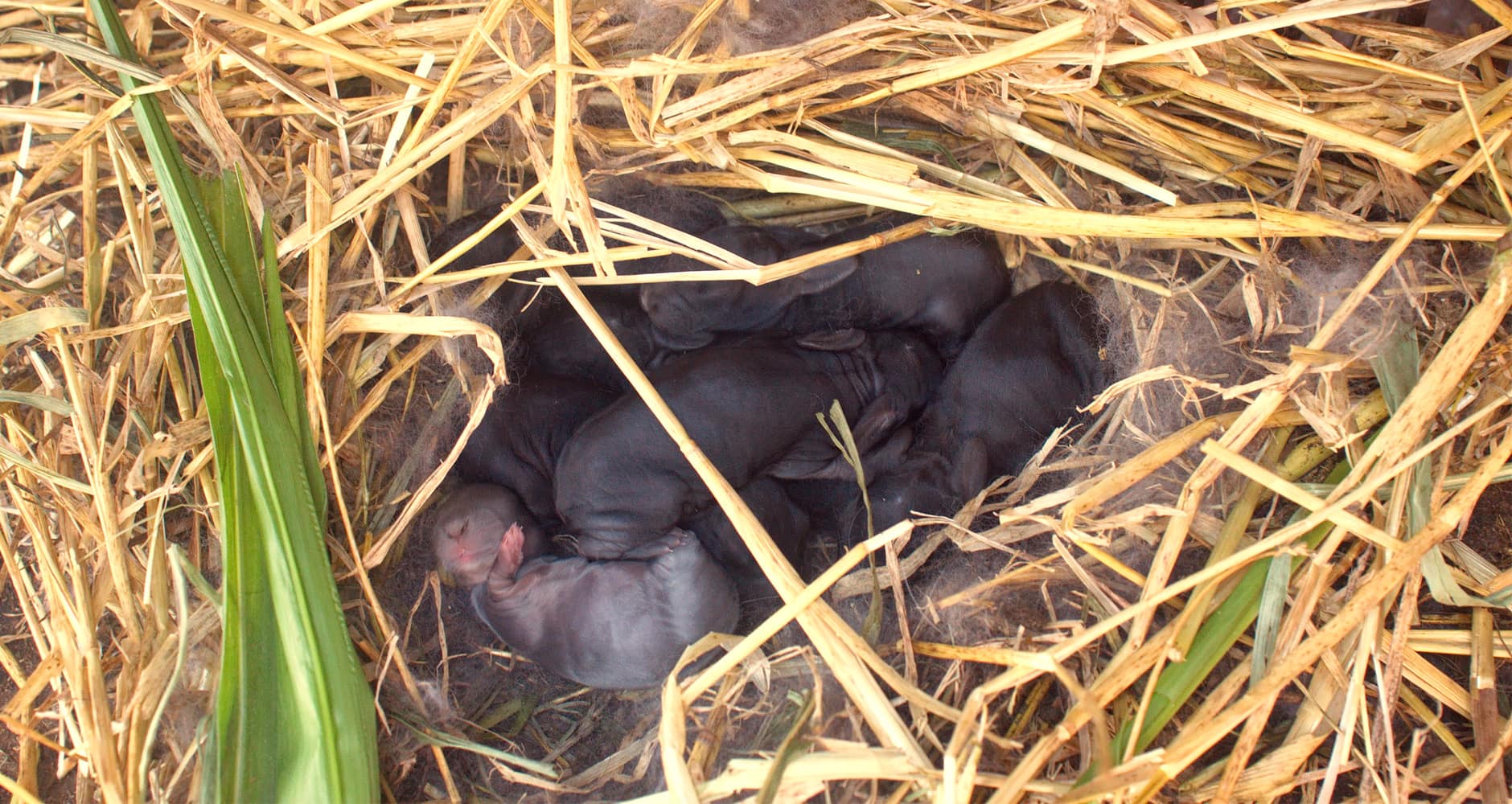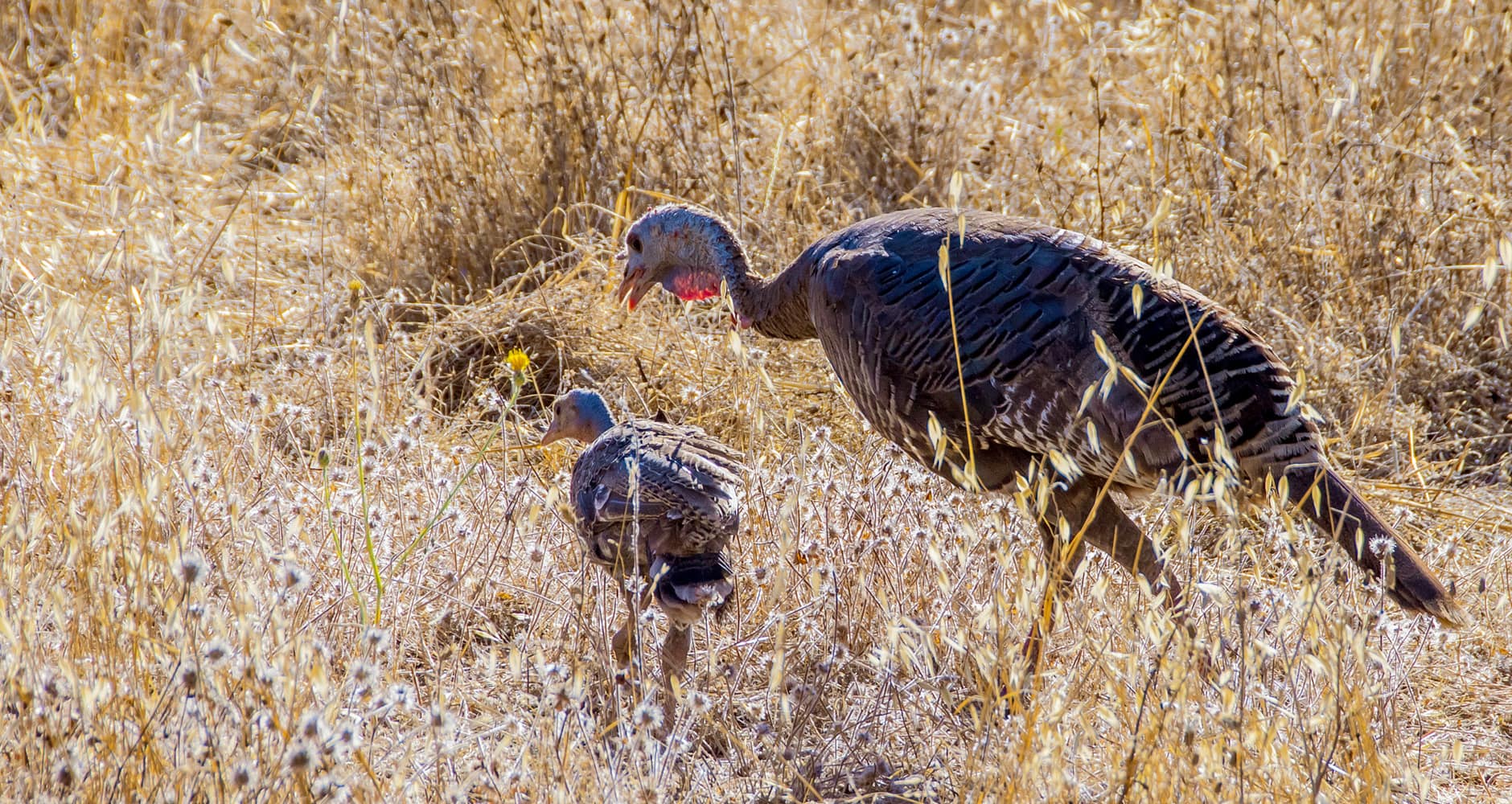What To Do If You Find A Baby Wild Animal
Springtime means an encounter with a baby wild animal is possible. Learn about wild animal behavior and what to do if you happen upon a nest.

This spring, when you venture out, you may find yourself face to face with young wildlife. Many people place unnecessary calls to wildlife officials because they don’t understand animals’ habits during this important time of year. These tips can help you understand wildlife behavior and what to do (or not do) if you happen upon a nest or a baby wild animal.
Deer and Fawns

Female white-tailed deer typically give birth to one or two fawns in mid-to-late spring. It is not unusual for a doe to leave her newborn fawn(s) alone in the grass during the day while foraging. Fawns are adorable, but they aren’t as vulnerable as you may think. The white spots on a fawn serve as protective camouflage helping it to blend in with its natural environment. When curled up in a grassy meadow where it cannot be readily seen, they are safe. Fawns are born scentless which further protects them from predators. Does forage away from the fawn for its protection, to avoid attracting predators. She returns to her fawn six or more times during the day to nurse it.
What (Not) To Do: If you happen upon a sleeping fawn, your first inclination may be to “save” this helpless, adorable creature. Enjoy watching beautiful deer with their fawns, but keep your distance. Remember fawns thrive best under their mother’s care. Unless it is injured or in danger, leave the fawn where you found it. If you are walking your dog where you’ve seen deer, be sure to keep him on a leash.
Wild Rabbits
These fluffy creatures with long ears, whiskers, and short tails symbolize the arrival of spring, fertility, and birth for good reason. Spring kicks off the birthing season for wild rabbits, so now’s the time when many people stumble on nests of baby bunnies.
Although wild rabbits dig burrows, Eastern Cottontails, especially, build shallow nests right out in the open—in grassy fields and possibly your lawn. It may seem like a crazy thing to do, but the reality is that predators rarely make themselves vulnerable out in open fields, so the strategy is not as crazy as you think. The mother will leave the nest during the day to search for food. It’s family pets, well-meaning people who want to rescue the “abandoned” kits, and lawnmowers that are the real threat to the nests.
What To Do: Before cutting the grass, take a quick walk around your lawn and check for nests. Nests are made from soft natural materials, such as clumps of dead grass and fur. If you find a nest of baby bunnies this spring, protect the concealed kits nestled inside by leaving it undisturbed. This will greatly increase their chances of survival. If, however, the kits are crying incessantly, it could mean they have been abandoned, and that’s the time to call local wildlife officials (see link below).
What are groups of animals called? See this list!
Wild Turkeys
Spring is a busy and important season of breeding, nesting, and hatching for the wild turkey. After breeding, the hen makes a nest on the ground and begins to lay eggs. She only lays one egg a day and does not sit on the nest until she has finished laying her clutch. Once all the eggs have been laid the hen will sit on the nest, incubating them for about 28 days and nights. The hen is vulnerable during this time as she will take great risks guarding her nest when danger approaches. Once the eggs have hatched, she will move the poults to a new location where they can feed on insects. It’s not uncommon for young turkey poults to be left alone in fields or open woods. A protective hen will fly away from her young temporarily to distract perceived predators and draw them out of the area. It is her way of keeping them safe. Once she is sure they are no longer in danger, she will return. Hens nest with their young at night on the ground until they are able to fly and roost on tree branches.
What To Do: If you live on a farm or have acreage, delay mowing hayfields until early summer after turkeys have hatched, if possible. You may have spotted a nest if you see a shallow or bowl-shaped depression on the ground filled with clumps of grass or dead leaves. Hens also nest close to low brush, blackberry canes, or any other plant that provides a two feet visible barrier. Watch where you step when hiking in open woodlands, especially those bordering fields. If you happen upon a nest, leave unattended eggs undisturbed. The turkey hen returns to her nest daily. Additionally, if you stop for a hen and her young crossing the road, keep in mind her babies travel behind her. Make sure all have safely crossed the road with her before proceeding.
For more information on injured wildlife, with a list of local contacts, visit the “animals” section of the USA.gov website.

Deborah Tukua
Deborah Tukua is a natural living, healthy lifestyle writer and author of 7 non-fiction books, including Pearls of Garden Wisdom: Time-Saving Tips and Techniques from a Country Home, Pearls of Country Wisdom: Hints from a Small Town on Keeping Garden and Home, and Naturally Sweet Blender Treats. Tukua has been a writer for the Farmers' Almanac since 2004.







